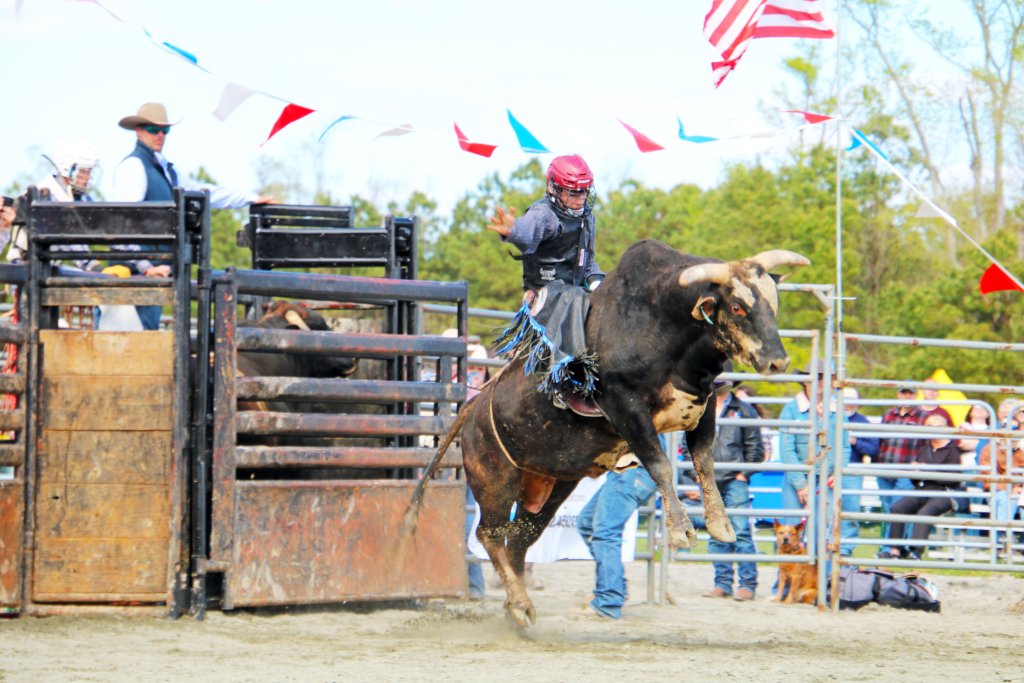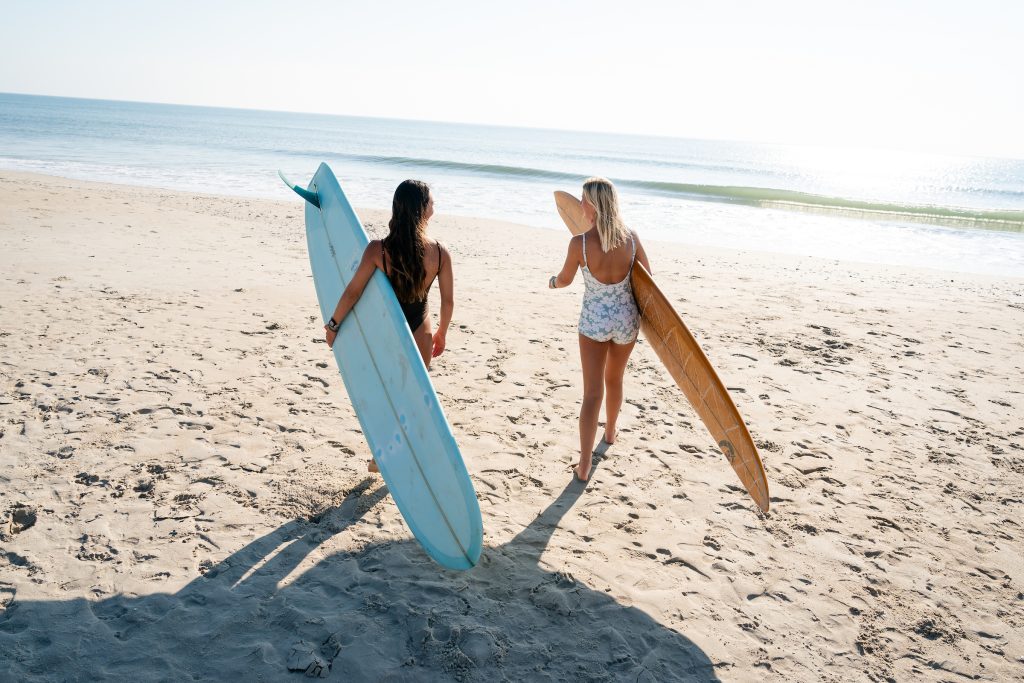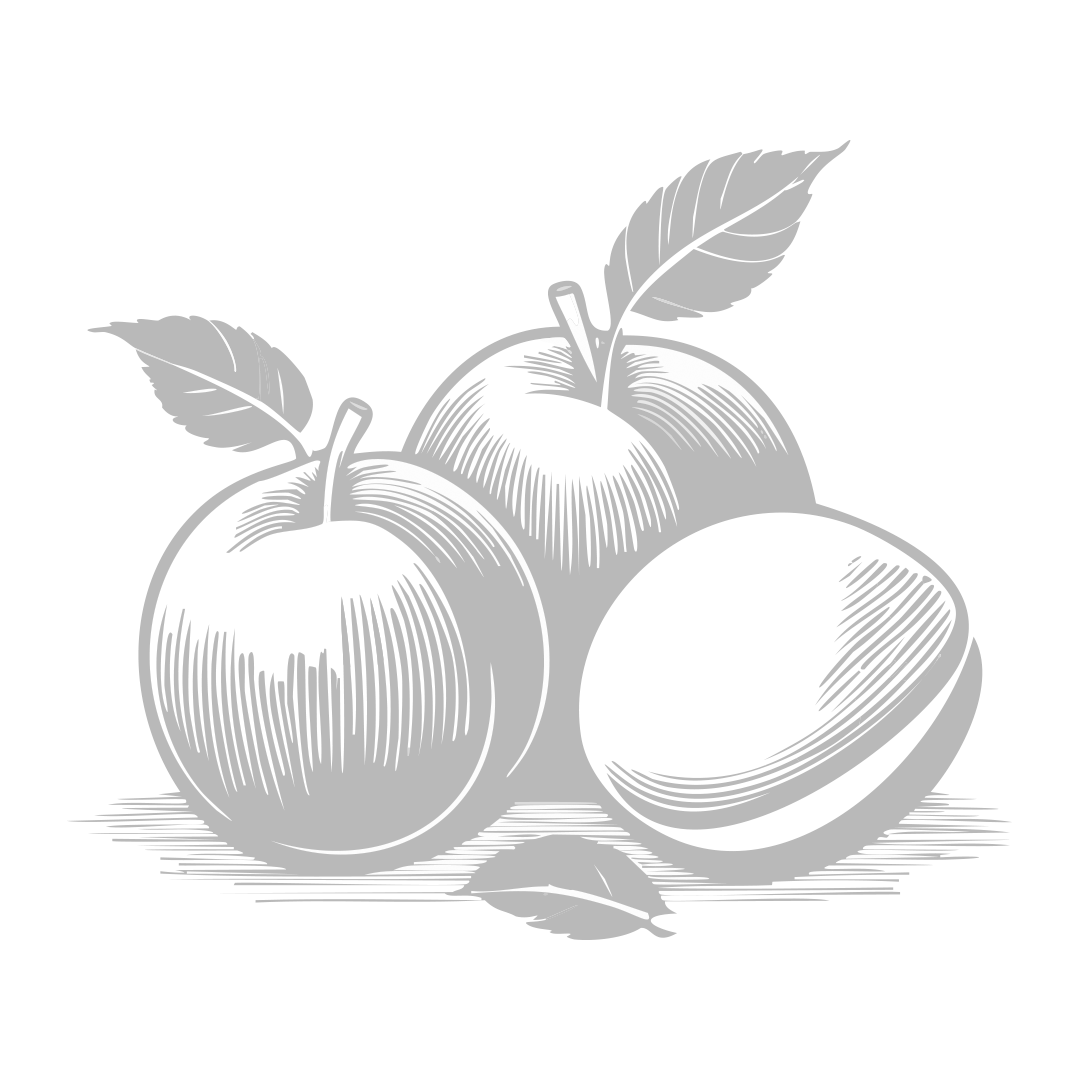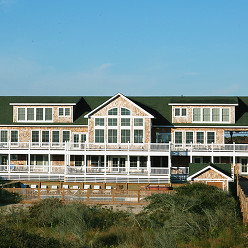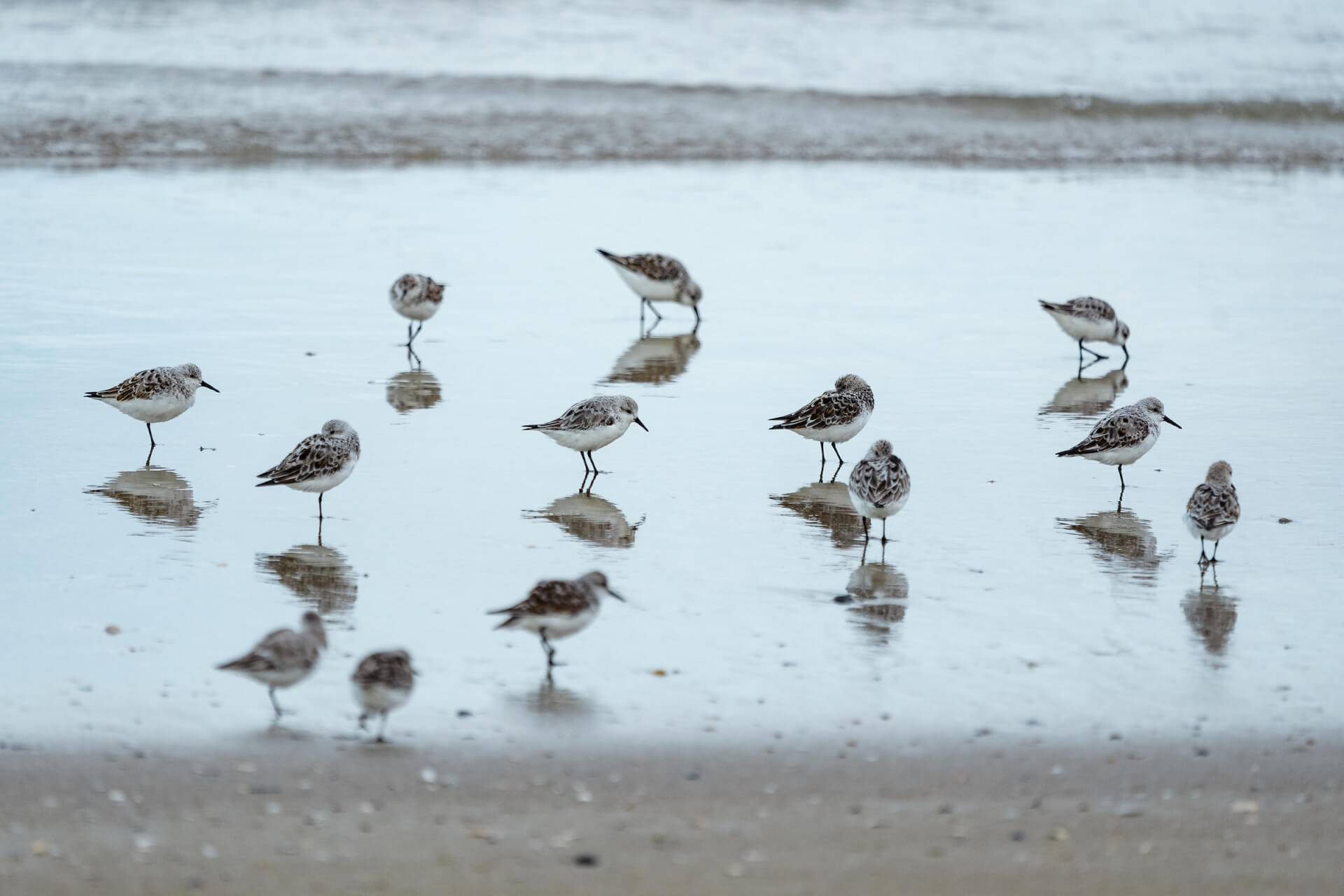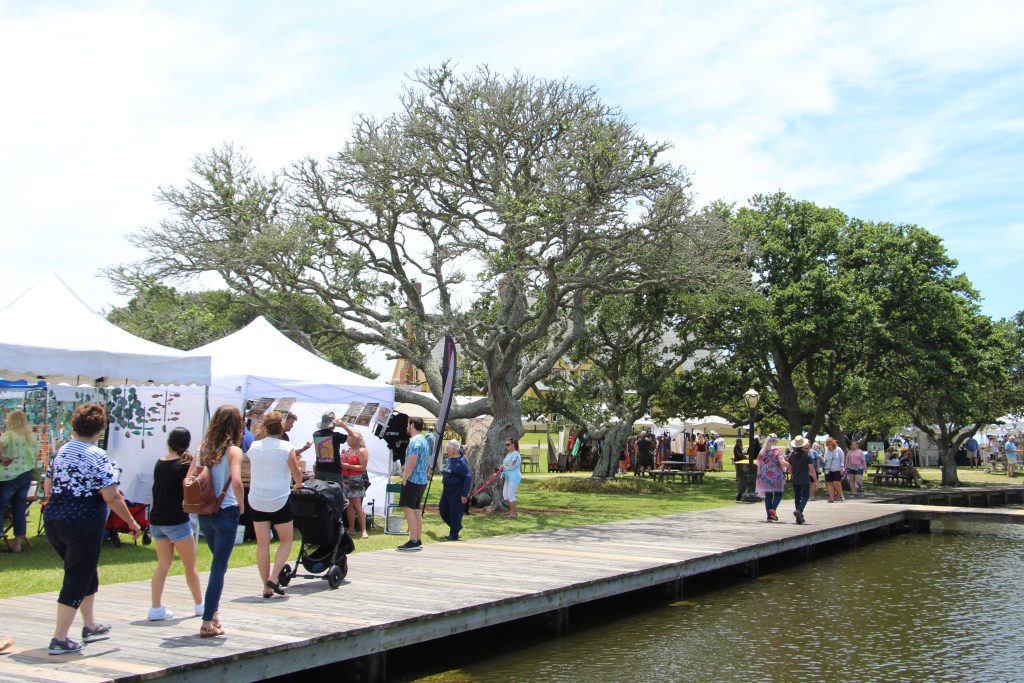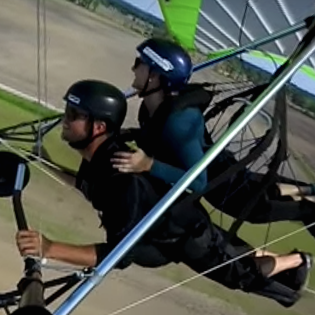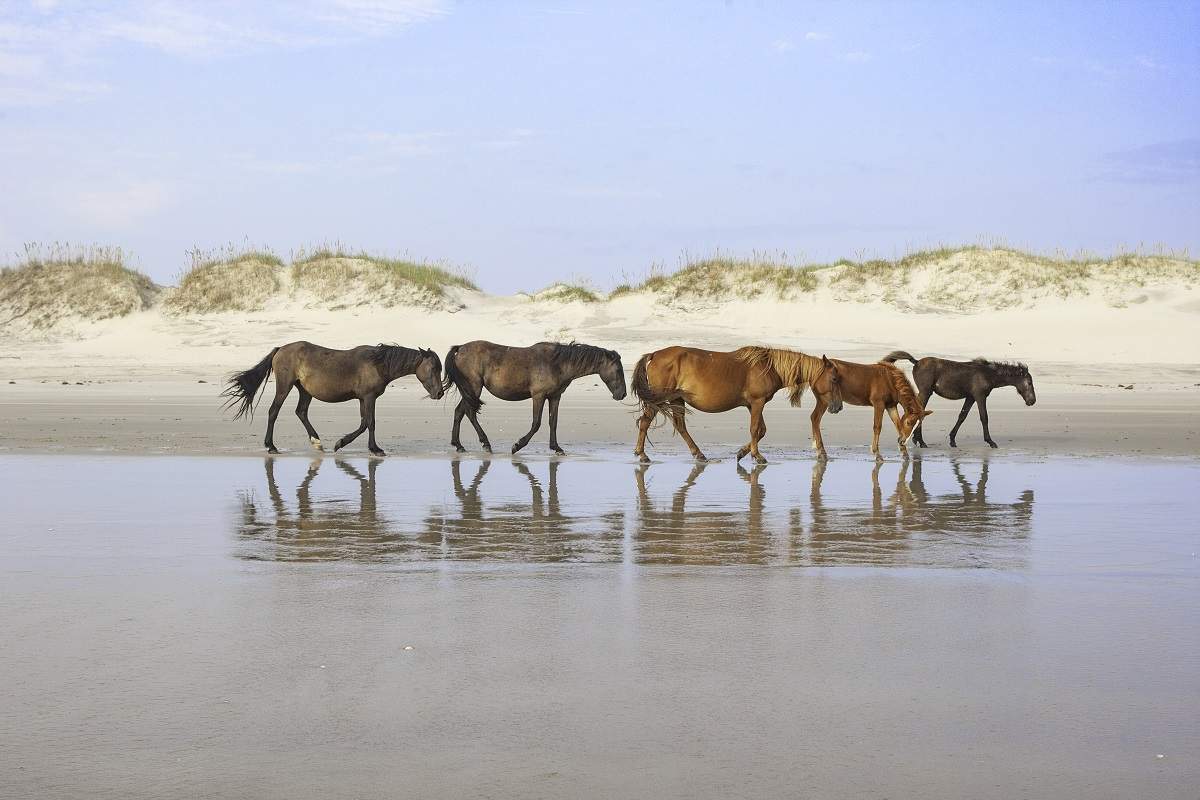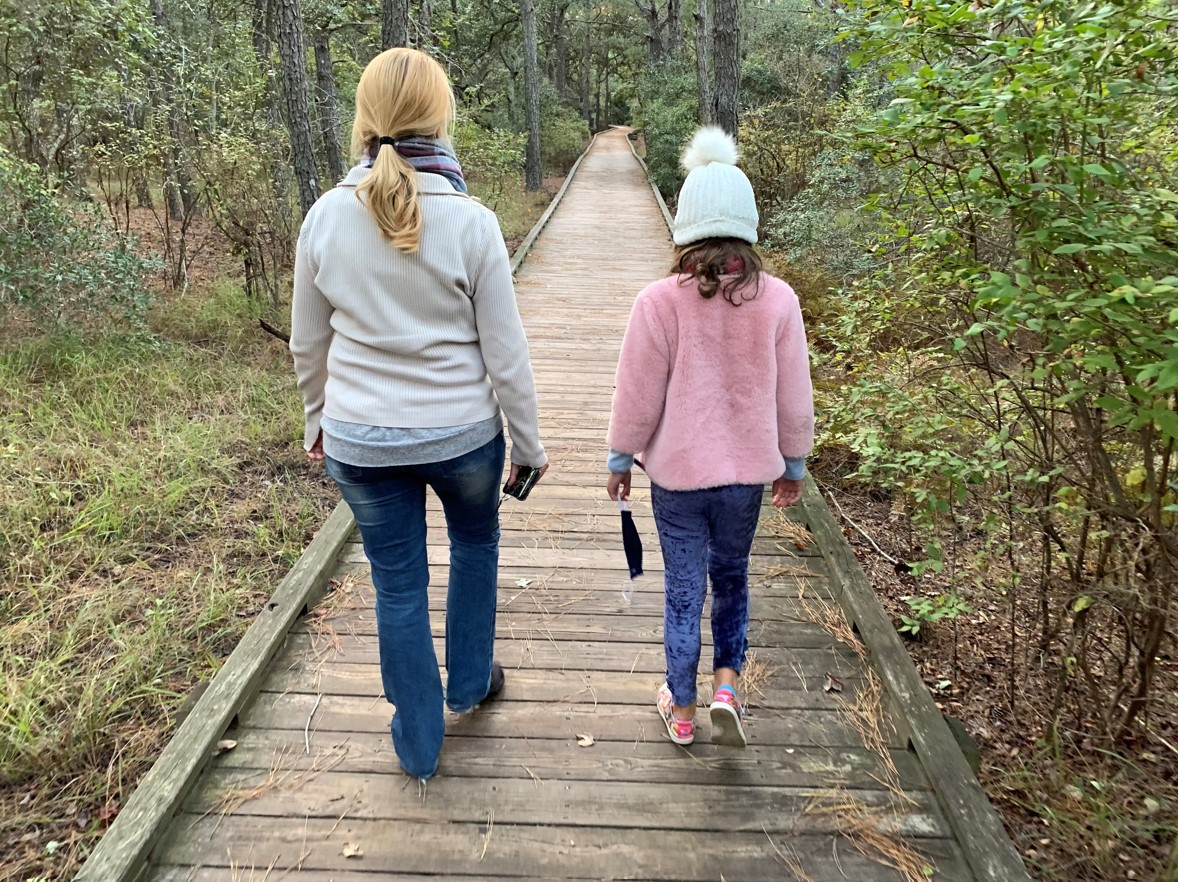How to Safely Enjoy the Wildlife of The Northern Outer Banks
One of the great joys of The Northern Outer Banks is easy access to the natural world. From the Atlantic Ocean beaches to the Currituck Sound estuaries, from the barrier island to the Mainland, the diverse landscapes and ecosystems of this low-lying coastal region are just waiting to be explored.
You can kayak or standup paddleboard along the sound and into marshy creeks; fish in ocean, sound and river waters; and hike trails through Mackay Island National Wildlife Refuge on Knotts Island and Currituck Banks National Estuarine Reserve and Pine Island Audubon Sanctuary in Corolla. Even the local parks, museums, campgrounds, golf courses and backyards offer unique natural areas to explore. Of course, anytime you are out exploring the wild, you are going to experience wildlife, whether it’s the finned, the furred, the feathered, the cute, the creepy or the crawly. And when humans come into contact with wildlife, safety comes into play – for the benefit of both parties.
Sharon Meade, site director and curator at Outer Banks Center for Wildlife Education, knows the natural areas and wildlife of this region like the back of her hand and has a few tips for keeping both wildlife and humans safe. First and foremost, she says, “Keep wildlife wild.” No matter how tempting it might be, keep your distance. “Enjoy our wildlife, take tons of pictures, but don’t get too close.” She wants humans to remember that each species of wildlife is supposed to be where it is because it plays a vital role in the ecosystem. And, most importantly, wild animals do not need to be fed. “A fed animal is a dead animal,” Meade cautions.
So what creatures and critters might you experience on The Northern Outer Banks and how can you help keep them (and yourself) safe?
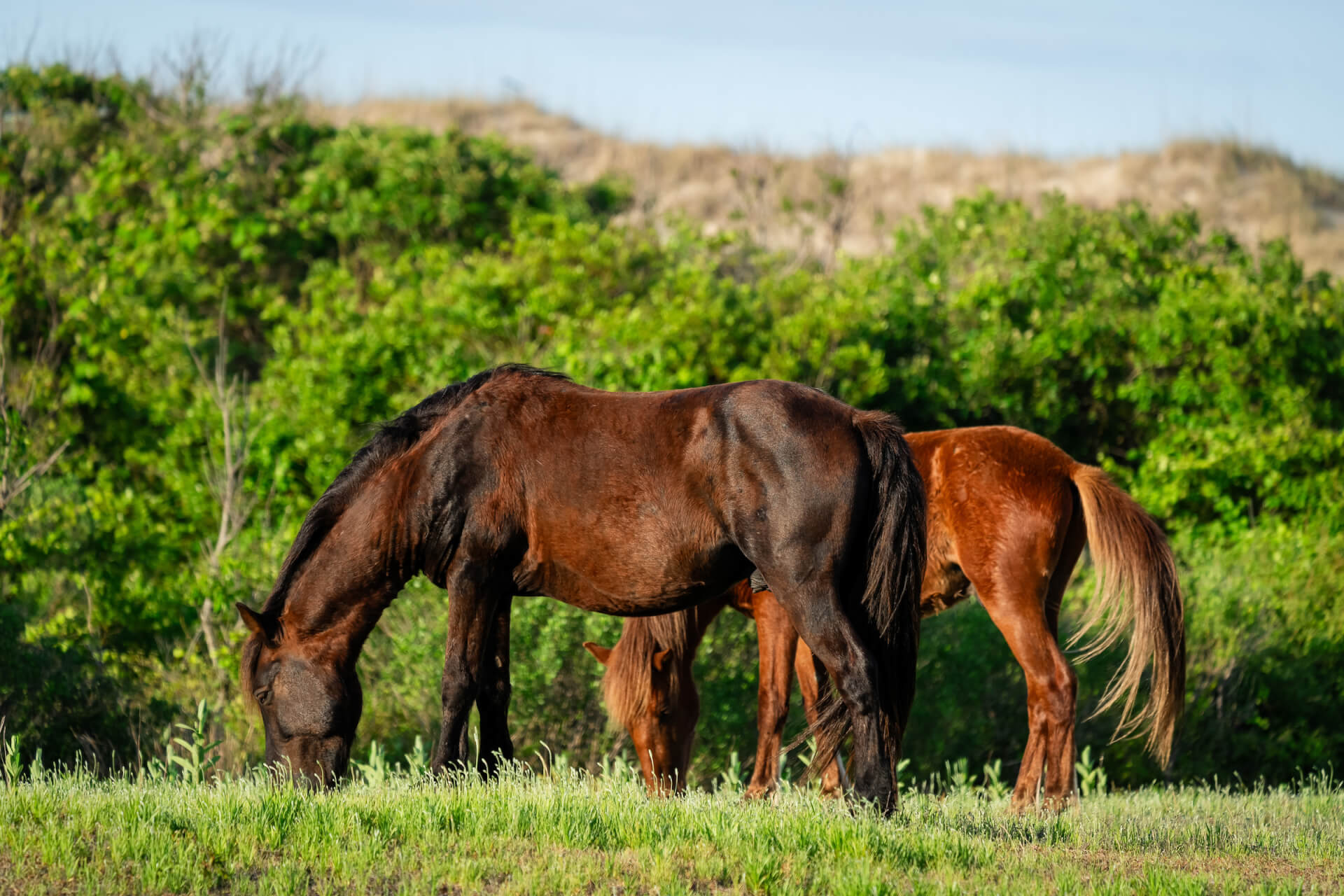
The Wild
Corolla Wild Horses
On the beaches and behind the dunes in Carova Beach, you will likely encounter one of the 100 or so wild Banker horses. The Banker horses might look gentle, but they are wild and can be unpredictable and dangerous. It is against the law to be within 50 feet of a Corolla wild horse or to feed them. Corolla Wild Horse Fund cautions that any food, including apples, carrots, bread, lettuce, etc., can be deadly to the horses, who are used to a diet of only native plants and grasses. If you are staying in this area, secure your garbage well. Do not leave food where horses can access it and be especially cautious when driving to prevent hitting a horse. If you see a horse that looks injured or sick, do not intervene. Call Corolla Wild Horse Fund at (252) 453-8002. If you see someone feeding or harassing a horse, call Currituck County Dispatch at (252) 453-3633.
Snakes
Snakes are a natural part of The Northern Outer Banks habitat, and while there are numerous snake species found here, only one is venomous — the cottonmouth, a species of water moccasin. The Outer Banks Center for Wildlife Education is a good place to learn how to identify a cottonmouth vs. a harmless snake.
Meade assures that snakes are not here to bother humans. “They want to avoid you as much as you want to avoid them. You are a big scary giant to the snake.”
If you see a snake, Meade implores you to back away, let it move on and not to kill it. Snakes are beneficial for eating mice and rats and other pesky critters, and if you see them it is because there is a food source nearby. If you need to move a snake, use a broom handle or long stick to scooch it along or to lift it and carry it to another location.
Raccoons
You might encounter raccoons in the woods, but you could just as easily see them in your yard. Raccoons are attracted to trash cans, pet food bowls, grills, bird feeders, and porches and pool decks where food may have been left behind.
With their furry masked faces and curious nature, raccoons are very cute, but resist interacting with them or feeding them. Feeding habituates them to human interaction, which brings them closer to human locations. Meade says it is a common misperception that if you see a raccoon in the daytime, it’s rabid. But if you’re bitten by a raccoon, day or night, you will need to be treated as if the raccoon was rabid, unless it can be proven it’s not. So, it’s better safe than sorry.
The same advice applies to other mammals you might see, like possum, fox, coyote and deer. Do not feed them and keep your distance.
Turtles
In this region, you’ll find the Northern diamondback terrapin in brackish waters, Eastern box turtles on land and common snapping turtles in fresh and brackish waters.
Northern diamondback terrapins are a protected species, and one way you can help them thrive is to clean up any derelict crab pots you might see along waterways, as these turtles often get stuck in them.
If you see a box turtle in the wild, do not let children keep them as pets. Observe them and let them be. If you see one trying to cross a road, let it continue on its way if there is no traffic. If you need to move it for its own safety, gently move it in the same direction it was heading as they have very specific home ranges. Hold the turtle by the sides of its shell; never grab it by the tail.
Stay far away from the big prehistoric-looking snapping turtle. Their necks are longer than you think, their beaks are sharp, and their jaws are extremely powerful.
Sea Turtles
Sea turtles, including loggerhead (the most common), green, Kemp’s Ridley, hawksbill and leatherback, lay eggs on the Outer Banks beaches in the summer months. You will likely see areas on the beach that have been cordoned off to protect a turtle nest. Avoid these areas at all costs, and do not let dogs or pets into the areas. If you see a sea turtle on the beach, whether it’s sick, injured or nesting, do not touch or disturb it. Call the Network for Endangered Sea Turtles (N.E.S.T.) at (252) 441-8622.
Birds and Gulls
If you are outside on The Northern Outer Banks, you’re going to encounter an astonishing number of birds — osprey, brown pelicans, egrets, herons, gulls, ibis, shorebirds and songbirds of all sorts, owls, hawks and eagles and so many more. Enjoy the birds with binoculars or with your camera and try not to disturb them.
For the most part, the only bird that is going to try to interact with you is the gull. Whether you are on the beach, on the Knotts Island Ferry or at a picnic table, habituated gulls will likely try to get a snack from you. Believe me, they can hear the rustle of a snack bag from a mile away. It’s funny to watch them dive for Cheetos and French fries, but do not feed them. It’s bad for the birds and it also encourages them to steal bait, which can lead to ingesting hooks and fishing line. Besides, if you feed a gull it will poop on your head.
If you see an injured bird, Meade encourages you to leave it alone. “Birds can literally be killed by the stress of being handled,” she says. Call Outer Banks Center for Wildlife Education at (252) 453-4567, and they will coach you on what to do.
Dolphins or Marine Mammals
You will likely see dolphins swimming in the Atlantic Ocean or occasionally in Currituck Sound, and it’s a joyous sight. But if you see a sick, injured or dead dolphin or any other marine mammal, like a seal or a whale, on the shore, do not touch it or get to close to it. Call Outer Banks Center for Wildlife Education at (252) 453-4567 or Currituck County Dispatch at (252) 453-3633, and they will get the right people involved.
Ghost Crabs
OK, so it’s fun for little children to grab a flashlight and scout out ghost crabs on the beach at night. The ghost crabs come out at night to avoid predators while they clean up the beach of any detritus, carrion, worms, dead fish, etc. However, there’s a fine line between observing and torturing the poor creatures. Harassing, stomping, crushing or piling ghost crab in a bucket is not very kind to the crabs. Catch a few, watch them and release them, but don’t dig them out of their holes or harm them.
Jellyfish
If you see a jellyfish in the ocean, it’s common sense to move away from it, but Meade says you’d be surprised how many people touch jellyfish they find on the beach. Yes, they can still sting on land. Meade says if you get stung by a jellyfish, scrape the nettles off the skin using the flat side of a credit card, then douse the site with vinegar.
One type of jellyfish to especially avoid is the Portuguese Man of War. It has a beautiful blue bubble-like sail that floats above the water and its tentacles are very long. Its sting is extremely painful and can be dangerous for some people. If you see one, get away fast. If you get stung, use vinegar and seek medical attention if symptoms are severe.
Bring Your Binoculars and Camera
The best ways to enjoy the abundant birds and wildlife of The Northern Outer Banks are through binoculars and a camera lens. Have fun exploring!
Important Numbers for Northern Outer Banks Wildlife
Do not try to intervene with sick or injured wildlife on your own. Here is who to call.
Outer Banks Center for Wildlife Education: (252) 453-4567
Currituck County Dispatch (non-emergency line): (252) 453-3633
Corolla Wild Horse Fund: (252) 453-8002
Network for Endangered Sea Turtles: (252) 441-8622
